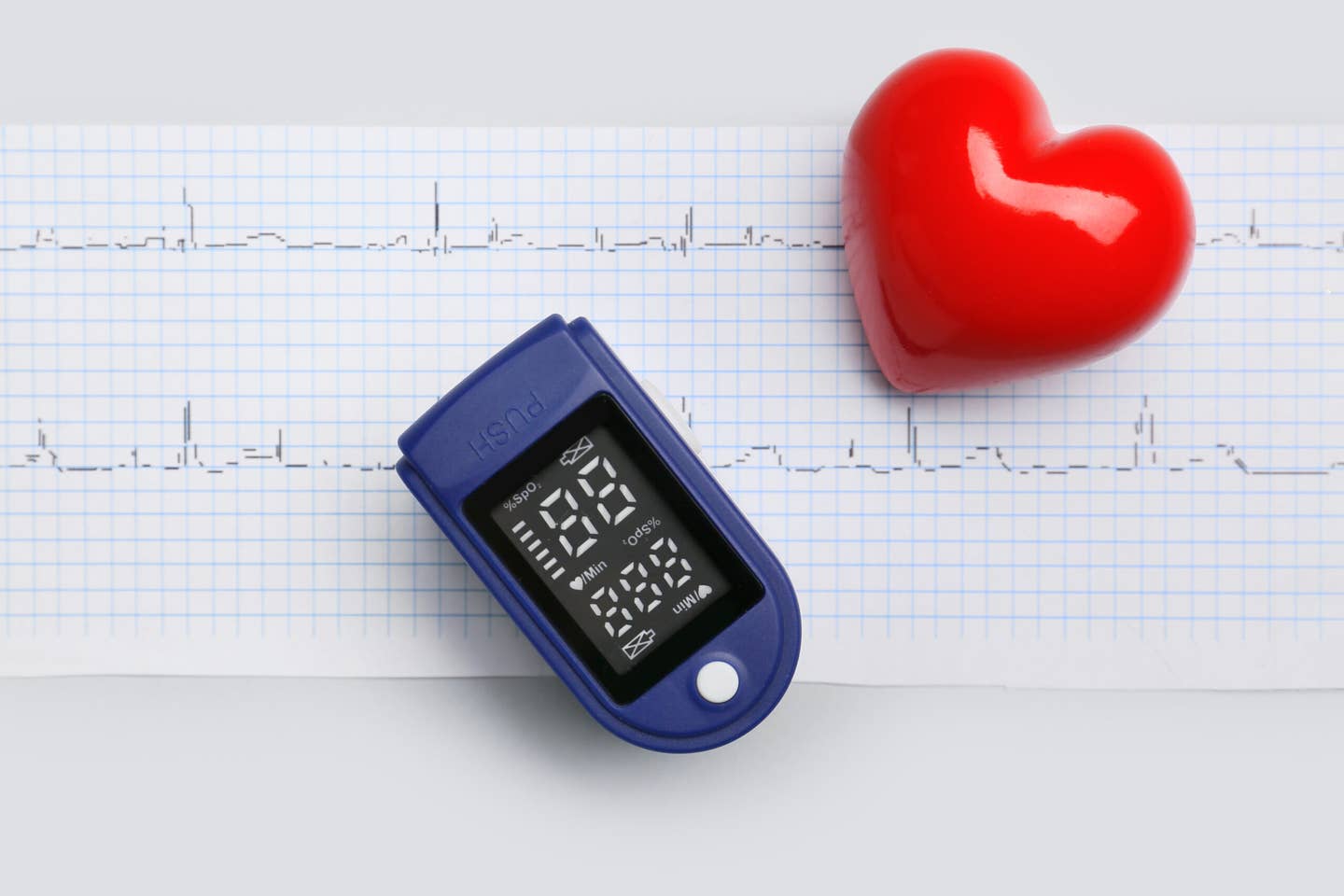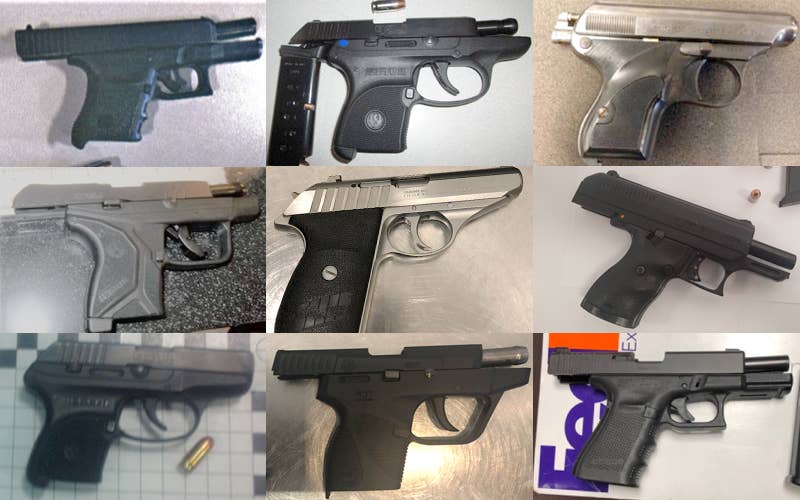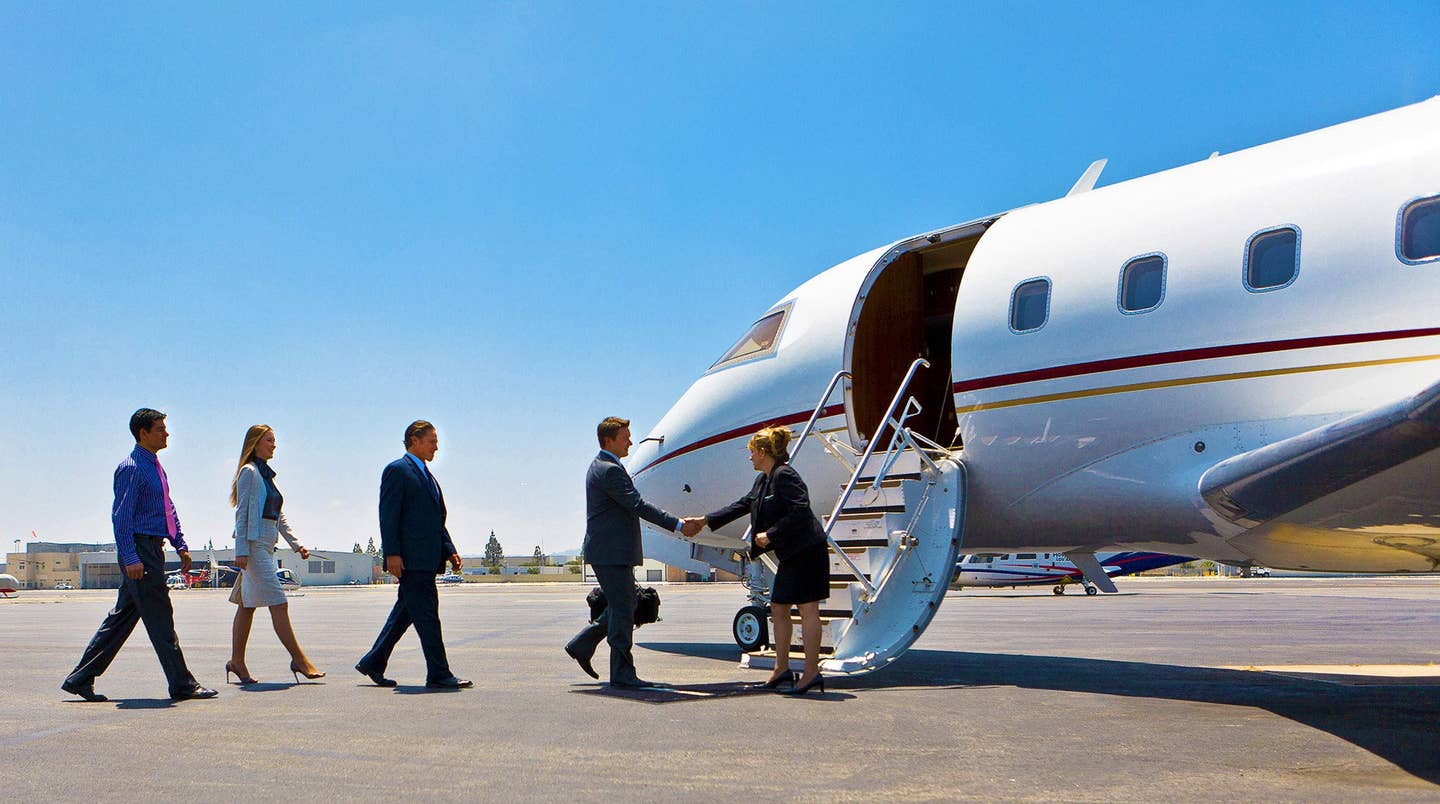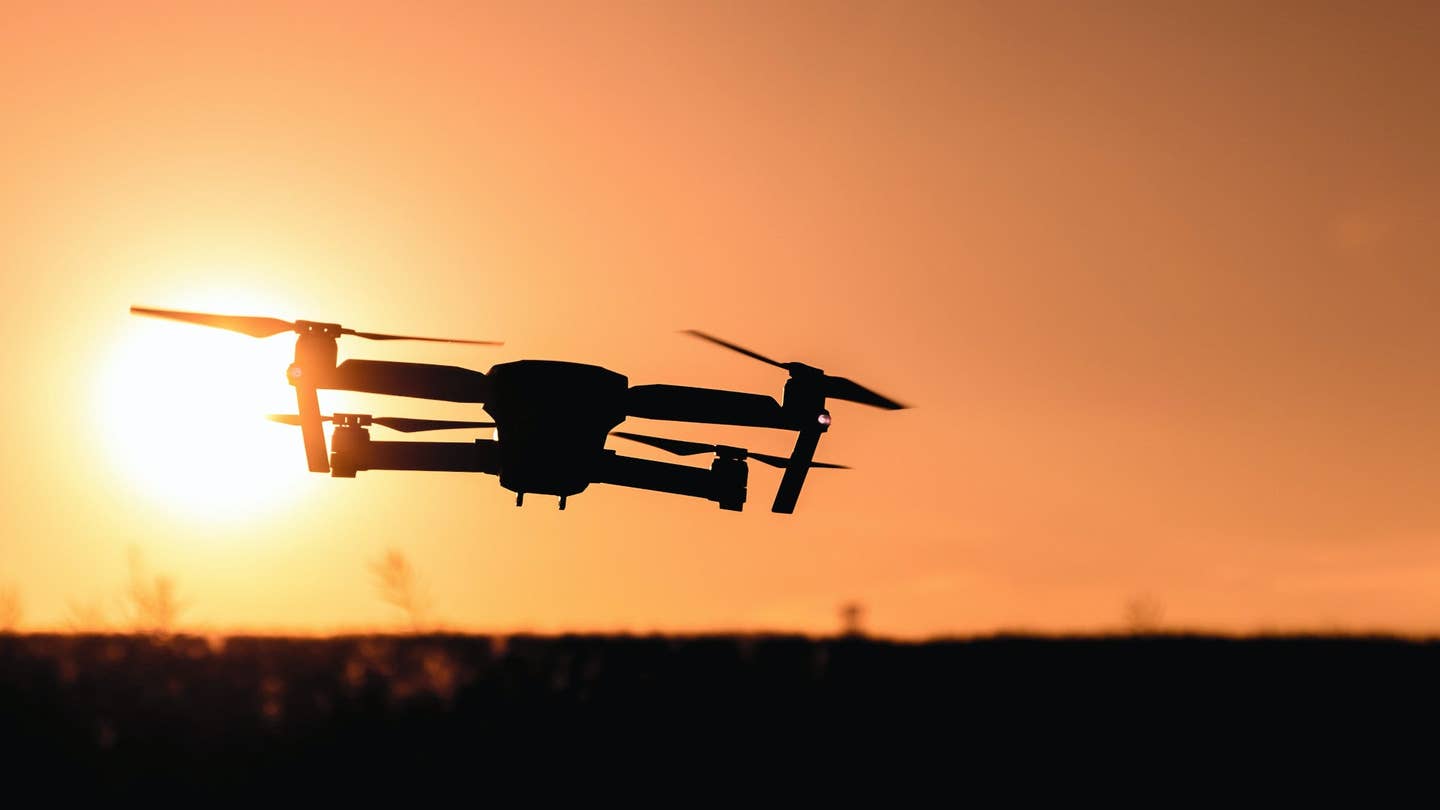Pulse Oximeter for Pilots Top Options
Keeping a pulse oximeter handy is an easy way for pilots to monitor blood oxygen levels at higher altitudes.

Findout out top picks for a pulse oximeter. [Credit: Adobe Stock]
Editor’s note: The following article is not intended to be a ranking, but is only to serve as a list of possible options. As the saying goes, your mileage may vary.
When soaring above the clouds, the last thing a pilot wants to feel is confusion, memory loss, or lack of control of their aircraft resulting from hypoxia. Keeping a pulse oximeter handy is an easy way to monitor blood oxygen levels at higher altitudes. Here's a handy list of options with a range of features that any pilot should consider adding to their flight bag.
Quicklook: Pulse Oximeter for Pilots
- Oxi-Plus Pro Pulse Oximeter: Best for daily use
- Zacurate Pro Series 500DL Pulse Oximeter: Best for ease of use
- FaceLake FL400 Pulse Oximeter: Best compact device
- Garmin D2 Air Smartwatch Pulse Oximeter: Best for multitasking
- LPOW Bluetooth Pulse Oximeter: Best Bluetooth budget buy
5 Pulse Oximeter Options
Most of the best pulse oximeter options for pilots clip on a finger for a quick reading, or are integrated into a smartwatch for consistent monitoring on the wrist.
Oxi-Plus Pro Pulse Oximeter
Best for: Daily use
If you need to stay on top of blood oxygen saturation levels in flight, the Oxi-Plus Pro Pulse oximeter is a popular choice for many pilots. This device comes ready to go, with two AAA batteries. Those who use it regularly say it has intuitive features and is easy to use.
Display: OLED screen
Alarm: No
FDA Approval: No
Special Features:
- High-resolution screen with adjustable brightness
- Four viewing modes
Benefits:
- Two-year warranty
- Free carrying case
- Intuitive features
- Accurate to 1 percent
Disadvantages:
- Display not as bright in direct sunlight, according to one reviewer
Pricing: $49.95, via Sporty's
Zacurate Pro Series 500DL Pulse Oximeter
Best for: Ease of use
The Zacurate Pro Series is designed specifically for sports and aviation users, according to its manufacturer. This pulse oximeter model was recently upgraded and can now display a user's SpO2 level up to 100 percent. And there's no worry about fumbling to access the battery chamber—there's an easy-off snap lid.
Display: LED
Battery Life: 30 hours
Alarm: No
FDA Approval: Yes
Reading Time: 10 seconds
Special Features:
- Designed for sports and aviation use
Benefits:
- LED display faces the user
- Comes with lanyard, two AAA batteries, silicon cover
- Accommodates a wide range of finger sizes
Disadvantages:
- Device can be slow, according to one user
- Reading may not be accurate with acrylic nails
FaceLake FL400 Pulse Oximeter
Best compact device
The FaceLake FL400 Pulse Oximeter is designed for sports and aviation use and provides quick and precise readings, promises the manufacturer. For less than $20, this oximeter provides a lot of value, along with batteries and a carrying case.
Display: LED
Alarm: No
FDA Approval: No
Reading Time: 24 seconds
Special Features:
- Maintains a constant reading
- Case comes with a belt slip, as well as a plastic loop for carrying
Benefits:
- Gives average heart rate and blood oxygen saturation level
- Easy battery removal
- Made of lightweight materials
Disadvantages:
- May not display accurate readings for small fingers
Garmin D2 Air Smartwatch Pulse Oximeter
Best for: Multitasking
If the idea of clipping an oximeter to your finger seems unappealing, the Garmin D2 Air Smartwatch might be a pulse oximeter to consider. This smartwatch allows you to keep up with airport weather, navigate direct to nearby airports, log your flights, and store up to 500 of your favorite songs. This flight system strapped to your wrist also goes up to five days between charging.
Display: Corning Gorilla Glass 3 lens touchscreen display
Battery Life: smartwatch mode: up to five days, GPS mode with music: up to sixhours, GPS mode without music: up to 20 hours, GPS + SPO2: up to 10 hours
Alarm: yes
Reading Time: tracks your pulse oxygen level while you fly
Special Features:
- Direct-to navigation aeronautical database
- Aviation weather reports
- HSI course needle
- Barometric altimeter
- Flight logging
- Vibrating alerts and timers
- Garmin Pilot app connectivity
Benefits:
- Vibrating timer allows you to set midflight reminders
- Allows you to keep tabs on your body's energy levels, stress levels, and sleep data
- Centralized airport information, such as runway orientation and lengths
Disadvantages:
- At $500, this is an expensive option
- You'll need to stay on top of recharging
LPOW Bluetooth Pulse Oximeter
Best for: Bluetooth budget buy
This handy LPOW device with Bluetooth connectivity is a simple option for pilots and sports enthusiasts on the go. The app, which is available for both Android and IOS, automatically receives and stores data from the device. And at less than $20, it won't break the bank.
Display: OLED screen
Alarm: features an abnormal reading alarm
FDA Approval: No, intended for sports and aviation purposes
Reading Time: 8 seconds
Special Features:
- Android and IOS free apps to store data
- Comes with two AAA batteries and a lanyard
Benefits:
- Measures SpO2, pulse rate, and pulse index in 8 seconds
- This device takes the guesswork out by alerting you with a buzzer if your blood oxygen level or pulse rate is lower than the threshold
- Easy to use right out of the box
Disadvantages:
- The app is clunky to get going, according to some users
What Is a Pulse Oximeter?
A pulse oximeter is a simple device that clips to your finger and measures your blood oxygen saturation level.
How Does a Pulse Oximeter Work?
Pulse oximeters rely on a cold light source that shines through your fingertip, according to the American Lung Association. "By analyzing the light from the light source that passes through the finger, the device is able to determine the percentage of oxygen in the red blood cell," it explains.
Which Finger Is Best for a Pulse Oximeter?
The right middle finger and the right thumb are considered to be the most accurate.
Do I Need an Aviation Pulse Oximeter?
If you fly above 10,000 feet MSL, you should carry a pulse oximeter to monitor for hypoxia, or low blood oxygen, which can lead to confusion and other physiological impairments.
Which Pulse Oximeter Is Right For Pilots?
Since most piston aircraft aren't pressurized, the right pulse oximeter for pilots is the one in reach at higher altitudes.
Will it Work for You?
Oximeters work better for some than others. Readings may be affected by skin pigmentation, skin thickness, tobacco use, and fingernail polish, according to the FDA.
Display Size
Most clip-on pulse oximeters have large displays offering clear numerical readings.
Readout Time
If you need to check your blood oxygen level while you're in the cockpit, you don't have time to waste. Verify readout times for the device before you buy.
Battery Life
Battery life varies among devices, but typically a set of AA or AAA batteries will last for dozens of hours before they need to be replaced.
Price
As with just about any device, there is a range of pulse oximeters on the market that will fit just about every budget.
Breathe Easy
A pulse oximeter is a great tool that helps pilots stay on top of their blood oxygen levels, much like FLYING keeps you informed of all the latest news in aviation. Lock down your subscription here.
FAQ
Can I take a pulse oximeter in an airplane?
Yes, you can take a pulse oximeter in an airplane.
What does a pulse oximeter measure?
A pulse oximeter measures your body's blood oxygen level.
What oxygen level is too low?
Blood oxygen levels under 90 percent are considered low.

Subscribe to Our Newsletter
Get the latest FLYING stories delivered directly to your inbox






